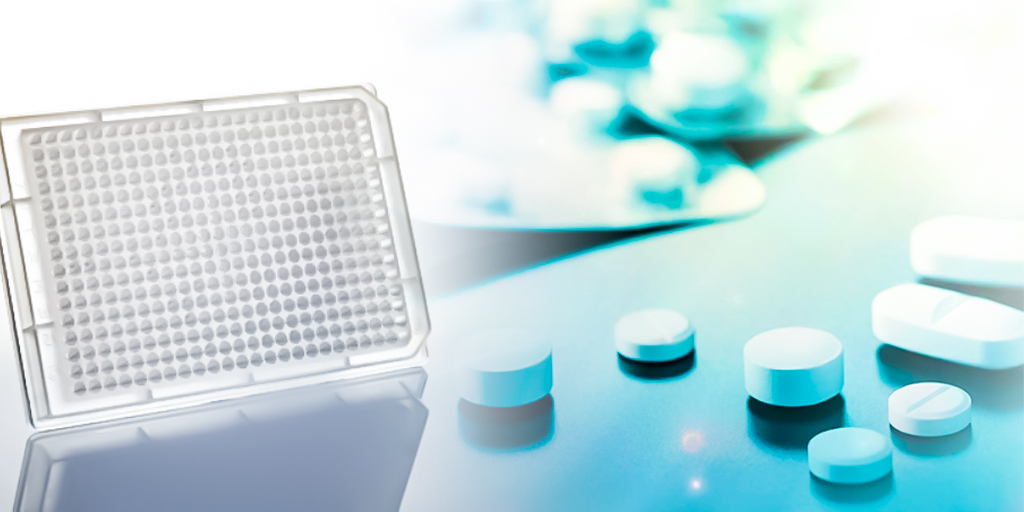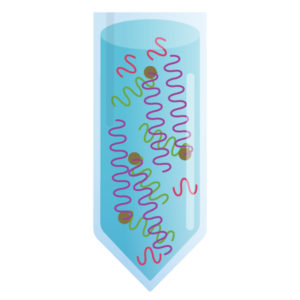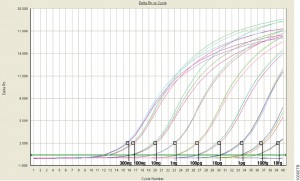In the evolving landscape of drug discovery, cyclic peptides represent an exciting opportunity. These compounds offer a unique balance of size and specificity that positions them to bridge the gap between small molecule drugs and larger biologics like antibodies.
However, most cyclic peptides demonstrate low oral bioavailability: they are digested in the stomach before they can enter the bloodstream, or they’re not absorbed into the bloodstream by the gastrointestinal tract and can have little therapeutic effect (1). Biologics face a similar challenge and are administered intravenously rather than with a more convenient pill form.

To address the challenge of low oral bioavailability of cyclic peptides, a team from the Ecole Polytechnique Fédérale de Lausanne in Switzerland developed a “one-pot” method to synthesize a diverse library of cyclic peptides, which they then screened for stability, activity and permeability (1). Their method, which was published December 2023 in Nature Chemical Biology, streamlined the process of identifying and optimizing cyclic peptides and marked a substantial improvement from their earlier studies, where the developed cyclic peptides exhibited almost no oral bioavailability (%F). Using this new method, the team successfully developed a cyclic peptide with 18%F oral bioavailability in rats.
This blog covers the details of this study as well as a brief background on cyclic peptides.
Continue reading “Discovering Cyclic Peptides with a “One-Pot” Synthesis and Screening Method”

